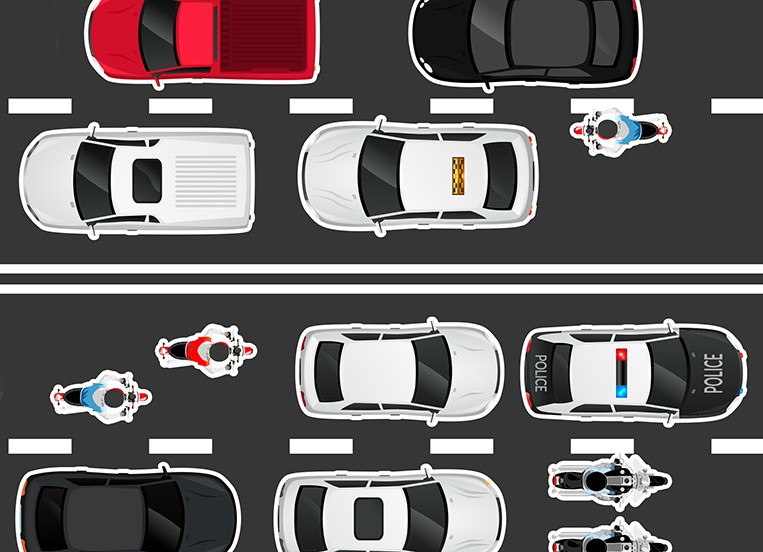
Two collisions with motorcycles in December booted my resolve to get slimmer to the number two slot on my list of New Year’s resolutions.
The first incident involved me making a left turn at a four-lane intersection on a major highway one Sunday morning. Both lanes to the left were clear, and after waiting for an opening across the highway, I started to move forward. Suddenly, a motorcycle appeared out of nowhere, crashed into my front left fender and scraped its way to the front bumper. It busted both the left headlight and fog light, and then some.
The motorbike had not one, not two but three riders who were now on the ground. The middle rider was a crying four-year-old boy. A WTF moment indeed. Thankfully, all riders wore helmets. I rushed them to a nearby hospital, and after several X-rays and consultations with specialists, all three were cleared. The driver of the motorcycle admitted that he had tried to beat me to the intersection. The hospital and repair bills amounted to about P60,000.
The second incident happened two weeks later, along the same highway but in rainy conditions. Driving peacefully in the inner lane, I suddenly heard a loud thud on my right side. Rats! Another motorcycle. Two riders this time. The driver said he had to swerve to the left to avoid an obstruction, causing his handlebar to carve a six-inch mark on my right-rear panel. He wore a helmet, a clear plastic raincoat, cargo shorts and rubber slippers. Unfortunately, he incurred a nasty burn on his right calf that rubbed against the hot exhaust pipe as he tried to stop the fall. His lady passenger was unhurt but visibly shaken. The only protection she had above her shoulders was an umbrella. She said she was just hitching a ride. I let them off the hook after a little safety lecture. We parted ways after we all shook hands. My repair bill was P1,000.
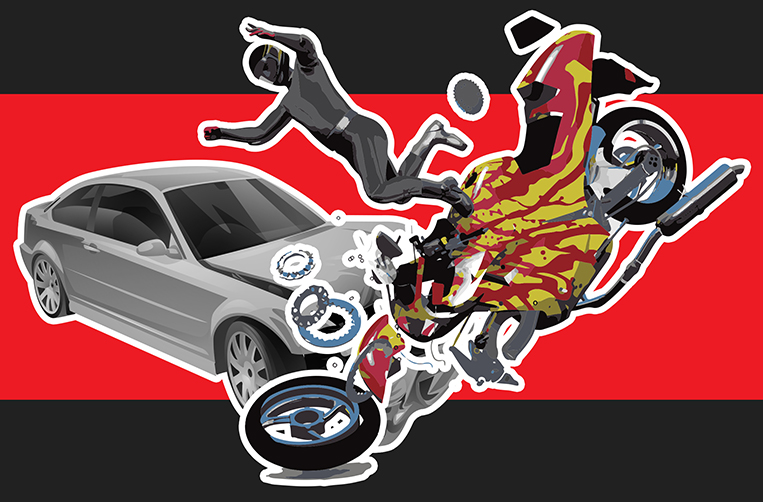
It’s a common sight nowadays. More and more vehicular accidents you see on the road involve motorcycles. Here are facts available online:
- Based on statistics from the Land Transportation Office, motorcycles represented more than half of all vehicle registrations in 2015.
- From January to May 2017, the Motorcycle Development Program Participants Association—which is composed of Honda, Yamaha, Suzuki and others—reported a 14% sales growth versus the same period in 2016. Over half a million new motorcycles were sold in that period, compared to what automotive associations declared for all of 2016 (more than 400,000 new cars, SUVs and trucks sold, a record).
- According to the Philippine Statistics Authority, 69% of reported transport incidents in 2015 were motorcycle-related.
- The World Health Organization’s Road Safety Report in 2015 revealed that 53% of road traffic deaths in the Philippines involved motorcycle riders.
While these statistics do go back a few years, I’m willing to bet that with economic growth, a rising middle class and robust motorcycle sales (for family or business use), road accidents and fatalities increase proportionately every year.
Like it or not, drivers and riders need to coexist in harmony, share the road, and simply just get along. As a car driver, I had to learn this the hard way. In both incidents, I asked myself if I should have been more careful. The answer was: “Sure…maybe.” Maybe I should have looked to the left one more time before crossing the intersection (though the impact on my vehicle confirms the rider hit me first), or maybe I should have given the other rider more space (but I was in my own lane).
However, what’s clear is that in both situations, the law was violated. Riders, this one’s for you:
- LTO Administrative Order No. AHS-2008-013 covering all motorcycles and scooters states that passengers (back riders) should be limited to just one person.
- Both rider and passenger must wear a DTI-approved helmet (sporting an ICC sticker), as per Republic Act 10054 or the Motorcycle Helmet Act of 2009.
- Lane-splitting (or the act of driving in between slow-moving vehicles), which is so prevalent on our roads especially in traffic, is prohibited. The same goes for moving against the flow of traffic (“counterflowing”).
- Shoes (not slippers, flip-flops or sandals) are the only kind of footwear allowed when riding a motorcycle.
- As for the four-year-old boy, Republic Act 10666 or the Children’s Safety on Motorcycles Act of 2015 states that children are not allowed to ride a motorcycle on public roads where speeds exceed 60km/h unless the child can comfortably rest his or her feet on the foot peg and the child’s arms can reach around and grab the waist of the driver.
I’m only highlighting the ones that apply to the riders I encountered in the above-mentioned incidents, but there are all sorts of rules and regulations for riders to follow, including those pertaining to registration, motorcycle accessories, riding in tandem, and the use of gadgets while operating two-wheelers. Yes, I’ve seen those, too—one hand on the handlebar and the other texting on a mobile phone.
Riders need to drive defensively and assume car drivers like me don’t see them. They should be prepared for the unexpected—a new pothole, an oil slick (roads are most slippery right after it rains), road debris, a pedestrian crossing, dead animals. They also shouldn’t ride on the sidewalk or use pedestrian lanes to cross the street.
Car drivers need to understand that motorcycle riders are quite exposed and vulnerable, with only a helmet and minimal protection from their shoes and apparel
Drivers of four-wheelers have an even bigger role to play. We need to understand that motorcycle riders are quite exposed and vulnerable, with only a helmet and minimal protection from their shoes and apparel. Here’s a good list of reminders for us to drive more safely, taking into account more and more motorcycles sharing the road with us:
- Check your blind spots. Use the rearview and both side mirrors and make that quick back glance before you turn or shift lanes. Scan the road on all sides, all the time.
- Use your turn signals. I always remind friends and family behind the wheel to use them. Some don’t on purpose, fearing other motorists will drive faster to close the gap and not give them room to change lanes. Use them anyway to help others anticipate your move. Conversely, when motorcycle riders make a signal to turn, yield.
- Provide ample room between yourself and a motorcycle. Slow down if you’re behind them and don’t tailgate. Remember that motorcycles are more agile and can stop and turn more abruptly.
- Dim your headlights. Do not endanger riders or even other drivers who might get blinded by your high beams.
I didn’t mention that a friend from Australia was riding with me during the first incident with the three riders. We had just finished a round of golf that morning. He was instrumental in helping me clear the road of the motorcycle and the debris from the collision, and in calming the little boy. He just stayed with me throughout the ordeal. He would later send me a note to compliment me on how well I handled the stress. He called it a “balance of compassionate pragmatism.” I told him I used to manage crises for a living.
Let’s not forget that as drivers and riders, people come first in an accident. Sure, the damage to property can be quite considerable, but if we could follow rules and take extra precaution with more motorcycles out there, we’d all be better off.
Share the road, everyone. And have a safe 2018.

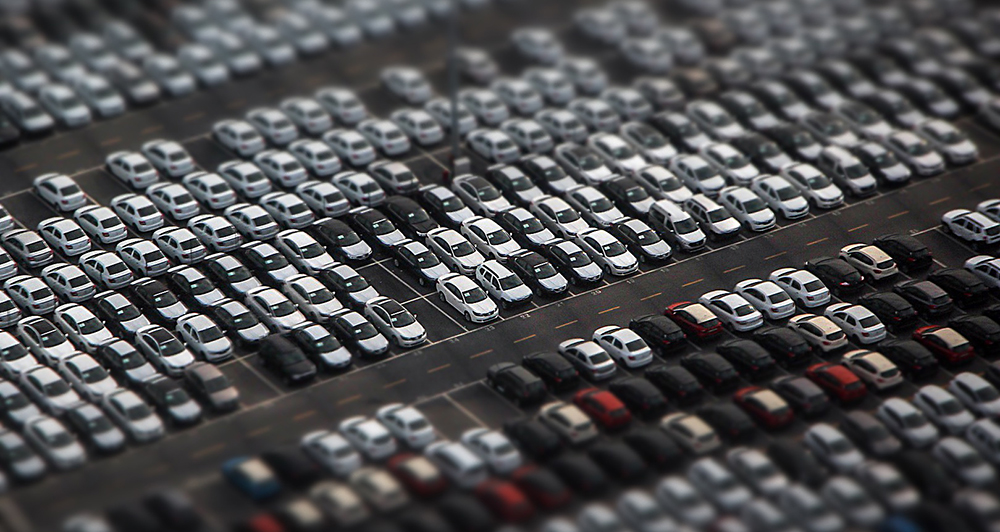
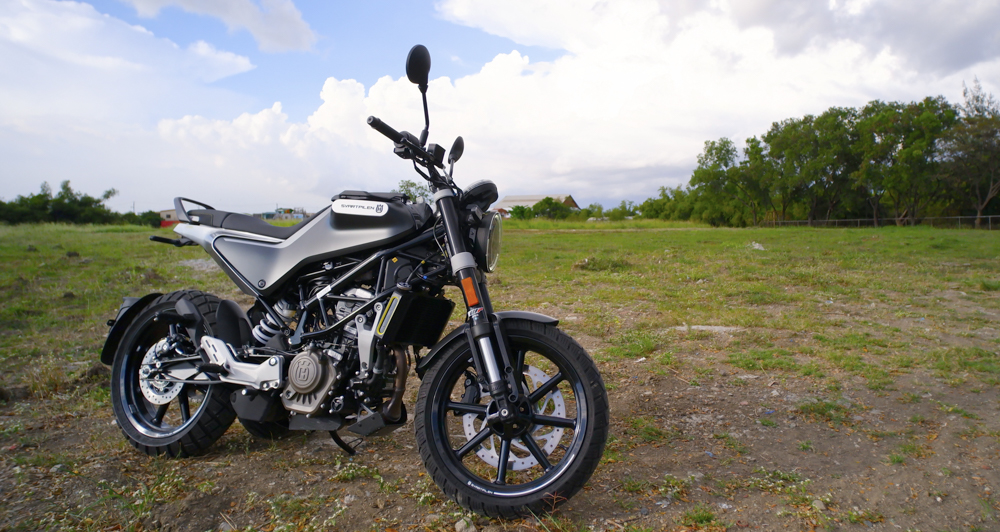
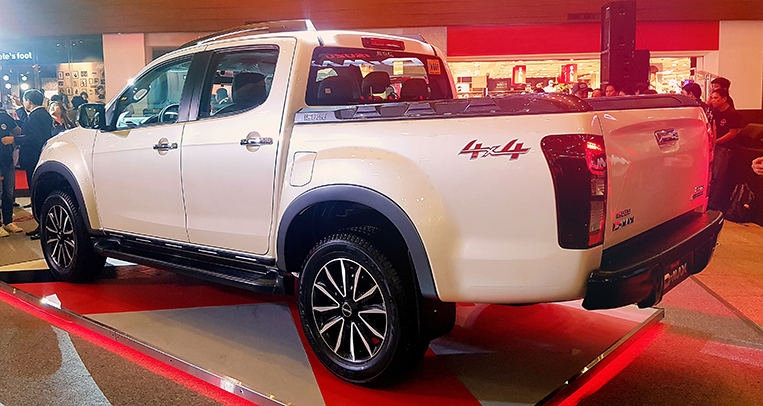
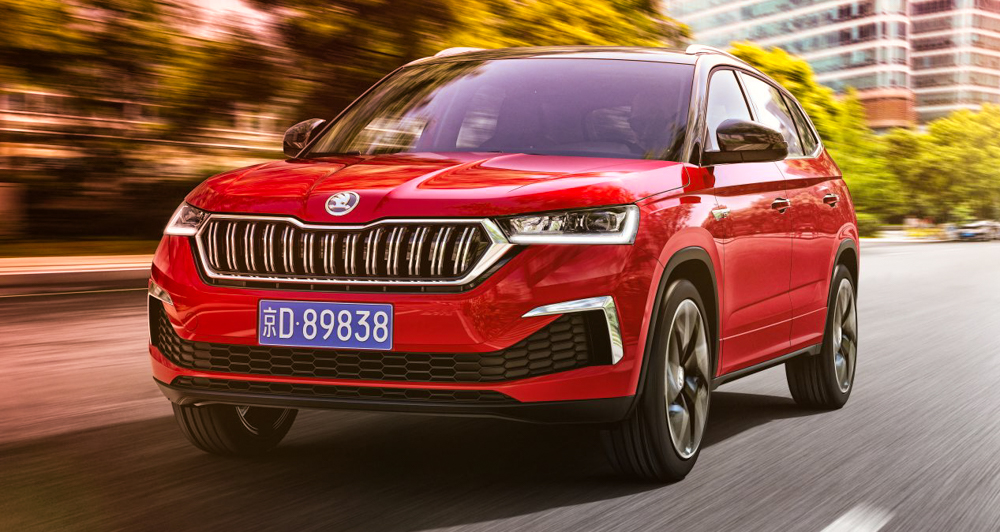
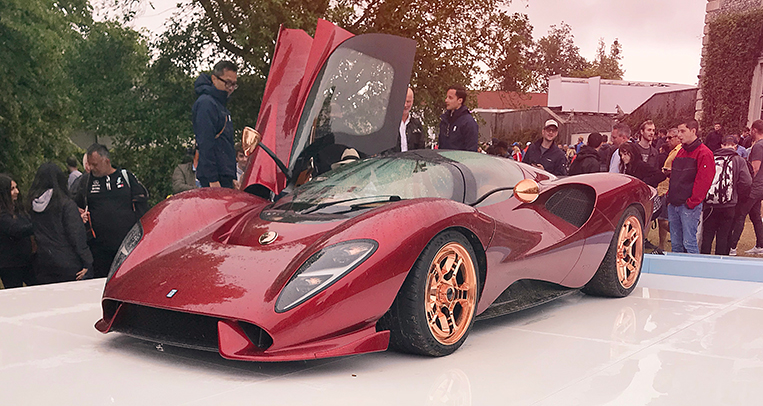





Comments